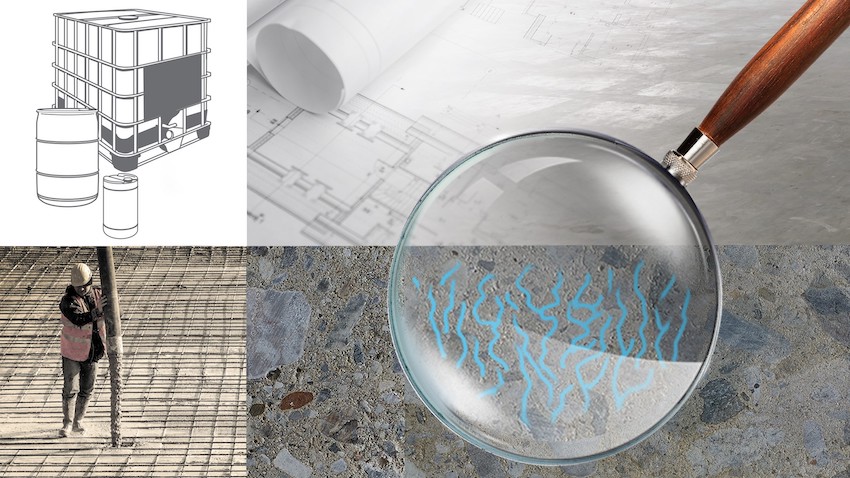Eliminating Concrete Moisture through Sustainable Design
Learning Objectives:
- Identify the fundamental characteristics of sustainable design.
- Examine the sustainable aspects of concrete as a building material.
- Evaluate the current approach for testing for concrete moisture against the principles of sustainability.
- Specify proactive measures to address concrete slab moisture so projects are not prevented from installing on time.
Credits:
This course is approved as a Structured Course
This course can be self-reported to the AANB, as per their CE Guidelines
Approved for structured learning
Approved for Core Learning
This course can be self-reported to the NLAA
Course may qualify for Learning Hours with NWTAA
Course eligible for OAA Learning Hours
This course is approved as a core course
This course can be self-reported for Learning Units to the Architectural Institute of British Columbia
Few aspects of the design process are conducted in “silos” as disassociated from one another as how many projects approach interior concrete slab specifications and subsequent flooring specification sections. This is not done intentionally, rather it is by-product of lack of coordination, and fundamental misunderstanding, between those involved with the structural elements and those involved with the aesthetic and finishing elements. During this presentation, we will discuss sustainability and what it means; drawing the attendee into a clear discussion of how sustainability relates to LEED, Lean Construction, Green Building, and process improvement. Inconsistencies with current specification processes related to concrete moisture as compared to the tenets of sustainability will be exposed, with clear recommendations given as to how the specifying professional can resolve those disconnects.

Photo courtesy of ISE Logik Industries

|
Dean Craft, LtCol USMCR (ret.) is a Principal with ISE Logik Industries and a leading specialist in proactively addressing concrete moisture vapor emission issues in new construction concrete and existing slabs that will receive moisture sensitive flooring and roofing. He completed his doctoral work in 2017 with a dissertation entitled “Fallacy of Current Industry Approach to Assessing Concrete Moisture Before Flooring Installation”. Dr. Craft is the primary author and technical chair of ASTM F3191 – 16: “Standard Practice for Field Determination of Substrate Water Absorption (Porosity) for Substrates to Receive Resilient Flooring”, and is a voting member of:
|














